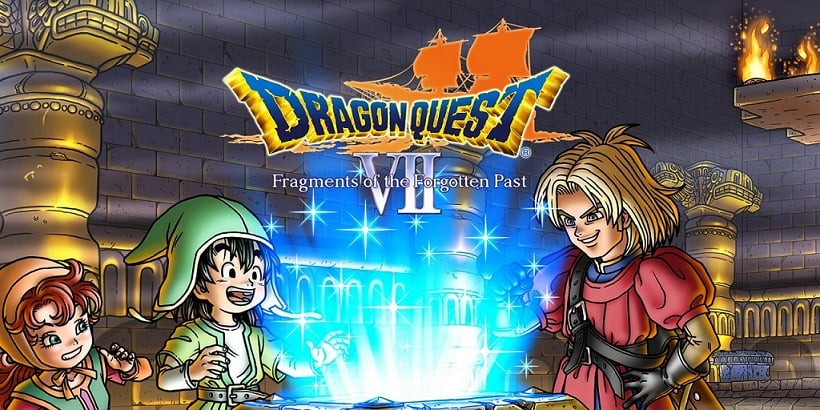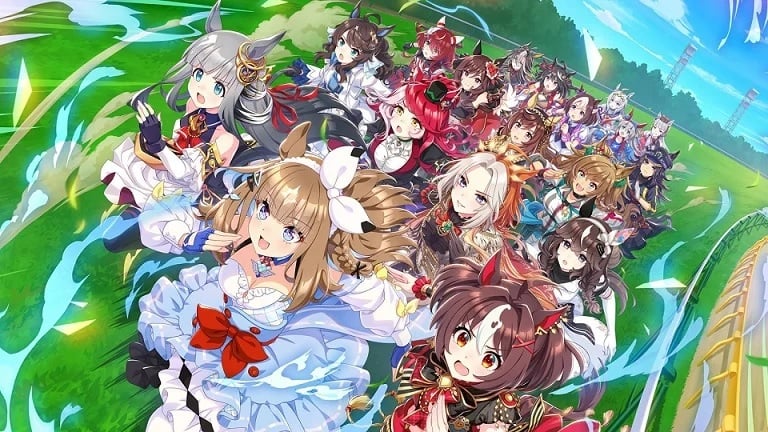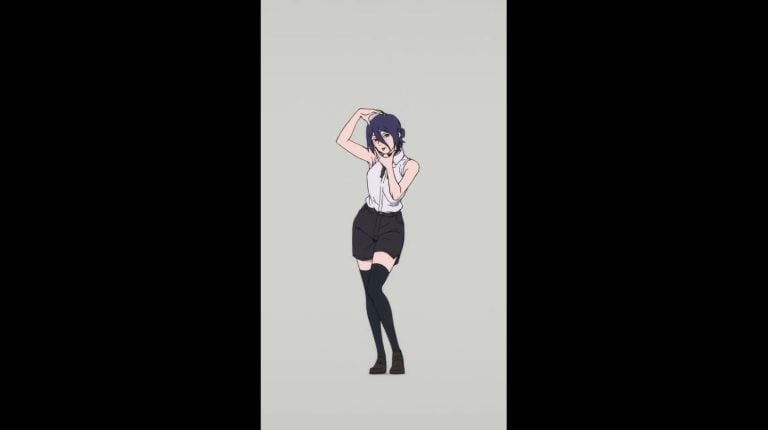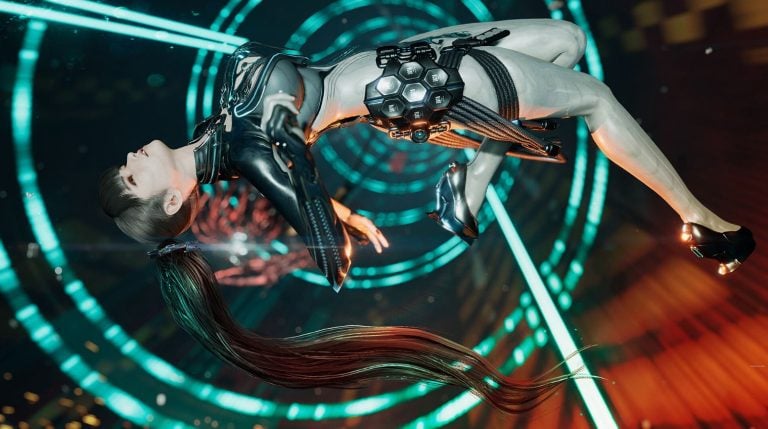Over the next year, the Dragon Quest series will be welcoming refreshed versions of several classic titles to its roster – notably the Dragon Quest I & II HD-2D Remake, set to release on October 30, 2025, and Dragon Quest VII Reimagined, releasing on February 6, 2026.
In a recent live broadcast commemorating the releases, Dragon Quest creator Yuji Horii and veteran Dragon Ball manga editor Kazuhiko Torishima discussed some interesting pieces of trivia regarding Horii’s legendary series. Namely, Horii was asked to verify a popular fan theory about the true identity of Dragon Quest VII’s last boss – which he promptly debunked.
The fan theory in question suggests that an earlier version of Dragon Quest VII’s scenario was supposed to reveal that the Hero’s best friend and sidekick Kiefer was actually the true identity of Orgodemir, the final boss enemy in the game. The theory has been widely popular among Japanese Dragon Quest fans, prompting many different interpretations and explanations, some of which sound pretty convincing. But apparently, this was never on Horii’s mind when making the game. “That’s completely wrong. I didn’t consider that even slightly,” he commented.
To go into more detail, as explained by Dragon Quest YouTuber Tetsuo, there are numerous bits and pieces of information that suggest the existence of “another version” of DQVII’s scenario that got scrapped. Due to the game being developed by a small team, and because of the switch from the Nintendo 64DD to PlayStation as its release platform, Dragon Quest VII ended up being delayed quite a few times until its original launch on August 26, 2000. Amidst such development problems, the Dragon Quest PR team ended up spoiling some of the contents of the game, causing Horii’s meltdown and possibly influencing further delays. Fans, on the other hand, speculated that it was around this time that the scenario had been changed.
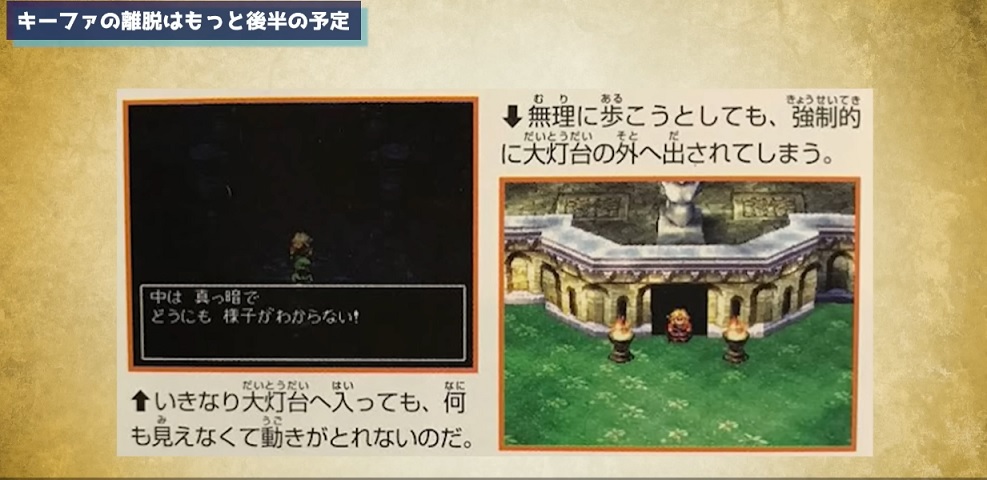
For example, some of the promotional content of the game at the time featured screenshots of Kiefer in scenes that appear only after he’s parted ways with the protagonist in the original story. Furthermore, Ra’s mirror, a key story item that is used to reveal a character’s true form, appears in the game’s final dungeon before facing the boss – but does not play any significant role in the story. This left fans theorizing that the mirror was originally supposed to be used for revealing Orgodemir’s true identity as Kiefer – but it ended up remaining in the final dungeon after the scenario was rewritten.
Aside from this, fans point to the visual similarities between the prince of Estard and the dreaded demon lord. As YouTuber Testuo suggests, many references to the Old Testament throughout the game could also tie into the theory that Kiefer at some point turns into Orgodemir, mirroring the “fall” of the Biblical character of Lucifer.
While many fans might feel disappointed now that the theory has officially been debunked, the game’s return as Dragon Quest VII Reimagined could serve as a good entry point for new fans to get to know the game, which could likely lead to brand-new theories to speculate about.
Dragon Quest VII Reimagined is set to release for PC (Windows, Steam), PS5, Nintendo Switch, Nintendo Switch 2 and Xbox Series X|S on February 5, 2026.

